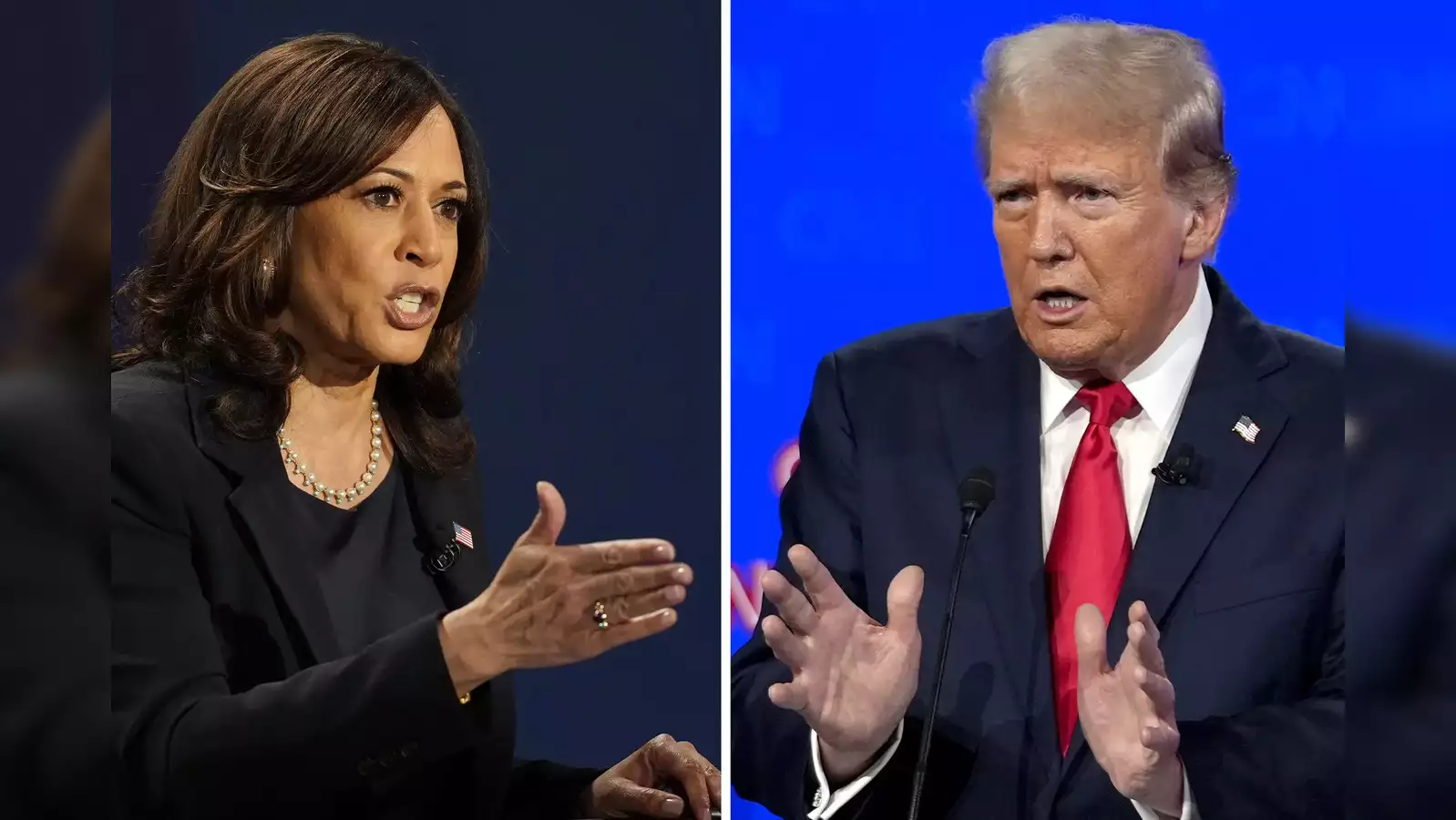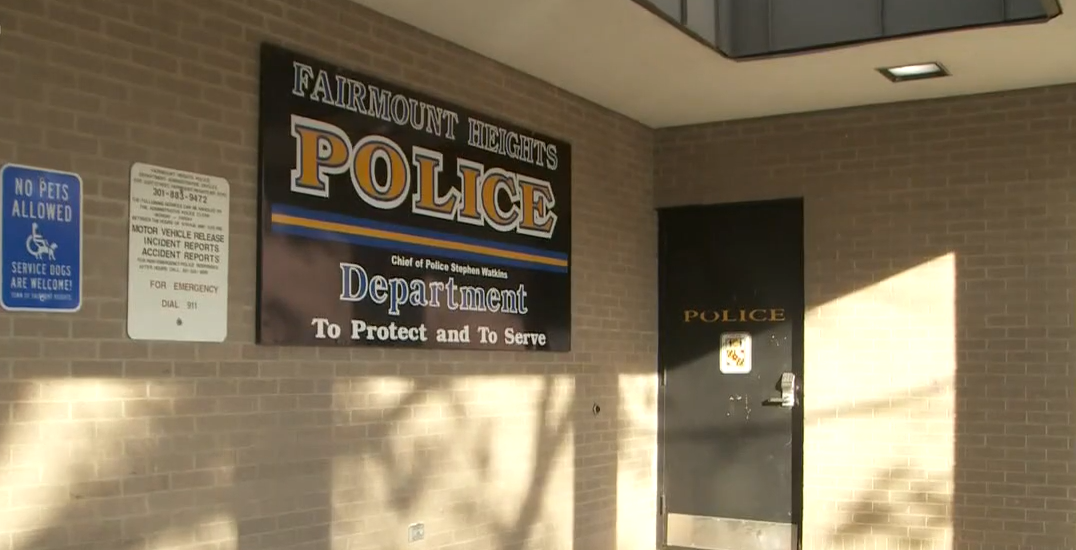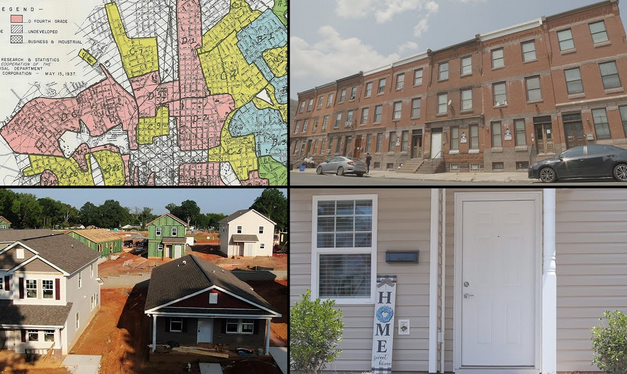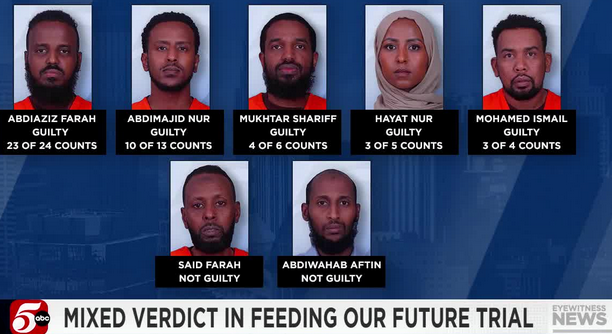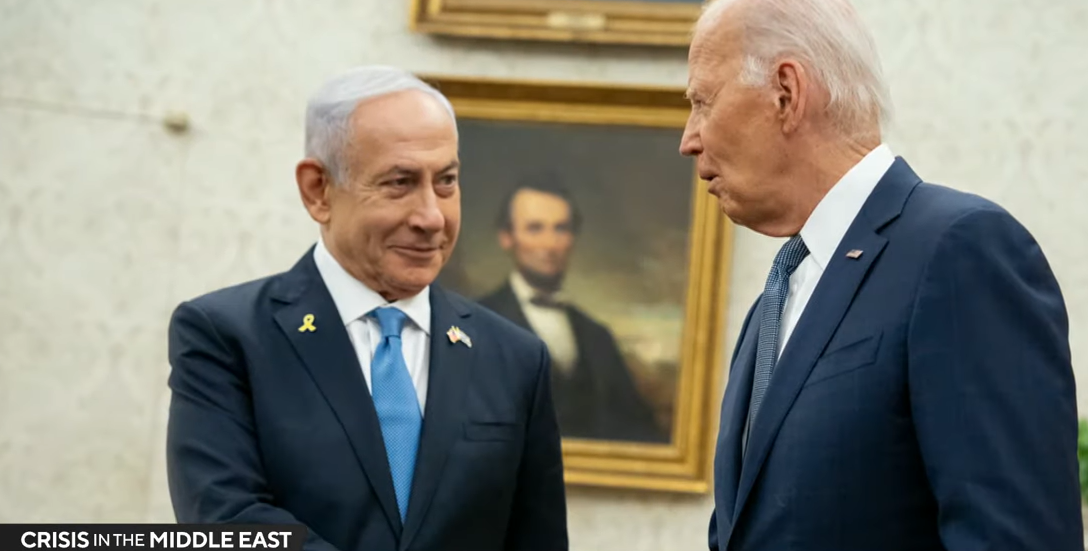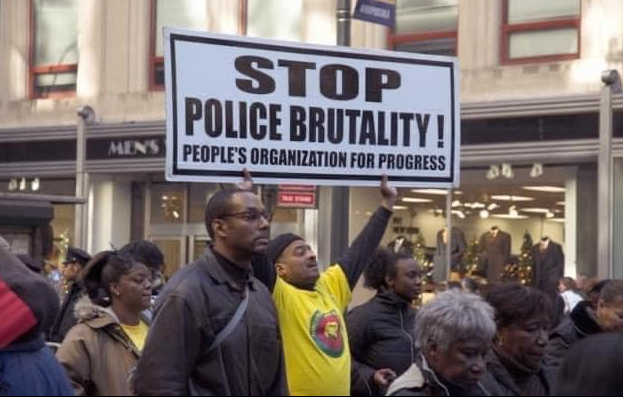As a process, the peace negotiations have a history which dates back to the Nairobi Peace Agreement signed on December 9th 1985 between the Tito Okello-led military government in Uganda and Yoweri Museveni’s National Resistance Movement/Army (NRM/A).
[African Conflict: Commentary]
The Juba peace talks between the Lord’s Resistance Army (LRA) and the government of Uganda (GOU) started on July 14, 2006 to end of one of Africa’s longest and most vicious wars, now in its 21st year.
The war has left 1.6 million citizens incarcerated in over 200 so-called “internally displaced people’s camps” (IDPs) scattered all over northern and eastern Uganda, over 30,000 rebel- abducted children and about the same number con scri pted into the government army and its affiliate militias. More than 300,000 people are estimated to have died in this war.
According to the World Health Organization (WHO), a United Nations agency and the Uganda Ministry of Health statistics, the horrendous conditions of the IDP camps at one time resulted in excess death rates of 1,000 per week.
In a typical fashion of the history of this war, the peace process has once again become comatose after the negotiators broke off in June allegedly to consult with the various stakeholders. However, in early October, the peace negotiations descended into a deeper coma by the allegation that the LRA second in command, Vincent Otti, was executed and that a number of LRA officers had defected to the GOU.
At this point, the GOU has finished its consultation—which it had initially rejected vehemently, allegedly because the idea was proposed by the so-called “peace spoilers” living in the Diaspora. By the time this article is published, the LRA delegation would have concluded its own consultation. Some of the delegation is threatening to abandon Kony in the bush if he does not sign the peace agreement when the talks resume after the consultation. Naturally, stakeholders in the peace talk, particularly the victims of the war, are worried that the process might be terminated prematurely, thus crushing any hope for lasting peace returning to the region soon.
Rather than despairing, or becoming confused by the constant barrage of GOU deceptive disinformation about the Juba negotiations, it would be instructive to look at it as a process rather than an instantaneous event.
As a process, the peace negotiations have a history which dates back to the Nairobi Peace Agreement signed on December 9th 1985 between the Tito Okello-led military government in Uganda and Yoweri Museveni’s National Resistance Movement/Army (NRM/A).
Museveni’s widely disseminated propaganda today depicts the tragedy in northern Uganda as simply a case of Acholis killing other Acholis; as if he were not the agent of the bloodshed. On the one hand, there are Acholis in the LRA and on the other hand there are others in Museveni’s UPDF, which is the state armed forces.
Approaching Juba from this perspective will allow us to understand and appreciate the dynamics of the peace process. It will also allow us to anticipate the outcome of the process at any moment. Furthermore, it will allow us to open our eyes and avoid placing unrealistic expectations on the Juba talks in terms of both the prospect of success and the time frame of when peace can be restored.
Whoever has state power –the government— determines how the national cake is produced and by whom; how it is divided and by whom; and, who gets what slice and who is punished for not towing the government line.
It is around this question that wars are fought; either to acquire control of the government or to wrestle concessions from those who have the power, or to prevent abuse of the state power. The debilitating brutal 21-year-old war in northern and eastern Uganda and the peace negotiation are all part of the struggle for the control of state power.
Having shot its way to state power in 1986, the NRM/A regime moved systematically to destroy any real or perceived organized forces remaining from previous regimes of Idi Amin, Milton Obote and Tito Okello that would pose a threat to its authority. In the process, it overplayed its hands by violating the human rights of innocent people in the North and East.
To its surprise, the NRM discovered that violent repression, which it euphemistically dubbed “the pacification of the north,” could not win it support among the people it was oppressing. The more it oppressed the people, the less support it got. Even as late as the 2006 election, the overwhelming majority of the people in the North and East rejected Museveni’s candidacy for the presidency.
The second point to remember is that having captured state power by force, the NRM/A regime had to rely on force to maintain its power. This is particularly important when one considers the probability that there is not a single family left in the whole country which has not been wronged by the NRM/A regime in its quest to capture and to maintain state power.
It must be frightening, to say the least, for the leader of the NRM to live with the possibility of what such people would do if they were given the opportunity to bring to account all those who have wronged them. Included in the group of people whom the NRM/A is fearful of are, of course, the dreaded LRA.
This is indeed the context in which the faltering Juba Peace Talks should be looked at.
That is, to succeed in its mission, Museveni’s NRM regime has consistently relied on the strategy of dividing, isolating and destroying its enemies. The strategy dates back to the early 1970’s in the days of his earlier organization, the Front for National Salvation (FRONASA), when members who disagreed with Museveni mysteriously disappeared without a trace.
The strategy has continued into the 1980’s, up to the present. Museveni has signed agreements, only to use them to split and destroy the organizations involved. He signed the 1981 unity deal with the Uganda Freedom Movement (UFM) led by the late Lutaakome Andrew Kayiira, whom the regime is widely suspected of assassinating in 1987; the 1982 deal with the National Rescue Front (UNRF); and, the 1985 Nairobi Peace Agreement with Tito Okello’s regime which Museveni later termed a peace joke.
Other deceptive peace negotiations include those conducted with the Uganda Peoples Democratic Army (UPDA) in 1988 and twice during the Betty Bigombe-mediated peace negotiations with the LRA. In the latter cases, each time the LRA delegation came to negotiate with the NRM/A regime, it was split in some fashion. Some members of the delegation surrendered while others were killed or captured.
The now faltering Juba peace talks can only best be understood in the context of how the NRM/A regime has been suppressing any notion of democracy in order to maintain its monopoly on state power. The regime has been following the four-pronged approach, which has been vigorously promoted by an outfit called the International Crisis Group, during the Betty Bigombe negotiations.
This approach includes amnesty, the so-called soft landing solution; military attacks, referred to as the hard-landing solution; negotiations; and the International Criminal Court-issued arrest warrants. While the strategy has succeeded in reducing the number of the LRA fighters, it has done little to address the underlying causes of the war in northern and eastern Uganda. While the approach works to sustain the NRM regime in power it does very little to move the country towards peace or democracy.
In the current situation, the strategy is geared towards chipping away at the LRA rebel group. For example, at the beginning, the Kampala regime tried to divide the LRA delegation in various ways. It claimed that the LRA delegation consisted of fighters and non-fighters; many of the latter were alleged to come from the Diaspora and the regime demanded that the so-called non-fighters be dropped from the team. This strategy eventually succeeded when the so-called “radical wing” was dropped prior to the Mombasa meeting in April this year.
From that point on, the LRA delegation has been increasingly viewed by analysts as one which has been taken over by alleged NRM security operatives—David Nyekorach Matsanga, Godfrey Ayo, Martin Ojul, and Ayena Odongo, who was once an NRM die hard.
It is further alleged that considerable money has been used to bribe individuals to promote the interests of the NRM regime. This is in fact being alleged by the GOU as the possible cause of Otti’s demise. Could it be that the GOU has inside information, having orchestrated the action in the first place?
Another aspect of undermining the LRA delegation is the fact that key consultants or advisors of the chief negotiator, Vice President of South Sudan, Riek Machar, include Owiny Dollo and Jacob Oulanya, both NRM members who were resoundingly rejected by the popular electorate in the north in the last Parliamentary elections.
Deceptive propaganda has been an effective tool in the hands of the GOU in implementing the divide and rule policy. Consistent barrages of disinformation designed by one of the most notorious public relation firms such as Hill and Knowlton, have been endless, all of which have been intended to cast the equally repugnant NRM/A regime as the “angel” and the LRA as the embodiment of “evil.”
In the run up to the Commonwealth Conference in Kampala, whether the recently alleged execution of Kony’s deputy commander Vincent Otti and mass defections of LRA fighters are true or not, nothing could have been better to distract the attention of the international journalists coming to CHOGM conference in Kampala than to refresh the story of the LRA peril to Uganda, contrasted with Museveni as the “angel-savior.”
It was a ploy carefully crafted to prevent gullible, and in some cases culpable, journalists from covering the horrendous conditions in the North and East, which were recently exacerbated by the floods. In any case, instead of the story playing out as a struggle of competing visions for the country, as was alleged to be the case between the late Col. Nobel Mayombo and President Museveni, it was cast by the NRM propaganda machinery as further proof that the conflict is merely “Acholis killing themselves,” as exemplified by Kony’s presumed execution of Otti.
A split in the LRA would deal a setback on the peace process as it will take time for the winning side in the LRA to reorganize itself before it can resume the challenging task of negotiations. The split will not necessarily lead to war. Both the LRA and the GOU do not want to be accused of opposing the peace talks, even if each might be working to undermine it. Nevertheless, the possibility of a resumption of war cannot be ruled out. Should it happen, the biggest loser, once again, will be the million or so people who are still incarcerated in the death trap camps in Uganda.
As far as the LRA organization is concerned, a split will weaken it somewhat with the loss of several senior commanders. Still, it will strengthen it in the sense that Kony can declare a measure of victory by having eliminated those whom he reportedly accused of working “in the interest of the enemies of the LRA.”
As for Museveni’s NRM/A government, the incident would have helped it chip away at the strength of the LRA. If the alleged execution is true, then only two of the five LRA commanders indicted by the ICC would remain alive; less for the GOU and the ICC to worry about.
Just for the sake of argument, assume that the GOU and the ICC have had a hand in orchestrating the demise of the top LRA commanders, and that all are killed in the struggle for the control of LRA leadership. If things unfold according to this scri pt, the ICC warrants of arrest become moot. More importantly, the possibility of bringing to book all those who participated in the massive human rights violation in northern Uganda would be permanently buried.
Since both the LRA as well as the GOU have vowed to continue with the Juba peace talks, the pertinent question is what type of negotiations will now unfold? To address this question, the following considerations have to be taken into account:
President Museveni has the backing of the George Bush Administration by virtue of allying himself in the US fight against “international terrorism.” Britain, via the Commonwealth, has also thrown its support behind Museveni by recently allowing the Kampala regime to host the Commonwealth meetings, where Museveni was anointed Chairman.
Likewise, by its silence, the international community has thrown its support behind Museveni. The Ugandan, like Pakistan’s dictator Pervez Musharraf, will become even more arrogant and intransigent. That means that the people in the camps may end up being incarcerated there indefinitely—the problem of marginalization will continue until there is no resistance to Museveni’s dictatorial rule.
However, all peace loving people of the world need not be distracted or deterred. We must stay focused and determined to advocate for the truth. Previous attempts to whitewash Museveni’s dictatorial regime, as during the Bill Clinton Administration, by promoting him as part of a “new breed” of African leadership, failed.
Equally, the current attempt to promote him as the champion of democracy and development will also fail. For a starter, his regime has already been found liable by the International Court of Justice (ICJ) of invading, plundering and fomenting ethnic cleansing in the Democratic Republic of the Congo (DRC) where as many as five million people perished. The International Criminal Court (ICC) is investigating the same crimes against humanity allegations.
Whether the LRA self-destructs or is split and destroyed by Museveni should not divert us from holding responsible all those who have created the genocidal conditions in northern and eastern Uganda. The hypocrisy of Western countries like the US, Britain and Canada –preaching democracy while financing genocidal tyranny—must be exposed.
In any event, there are many other groups, including political parties, environmentalists, land owners, those confined in the camps, and others, strongly repulsed by Museveni’s despotic regime.
These groups still continue the just demands for a negotiated peaceful settlement of the war, with or without the LRA.
To comment or to subscribe to or advertise in New York’s leading Pan African weekly investigative newspaper, or to send us a news tip, please call (212) 481-7745 or send a note to [email protected]
Also visit out sister publications Harlem Business News www.harlembusinessnews.com and The Groove music magazine at www.thegroovemag.com
“Speaking Truth To Empower.”


